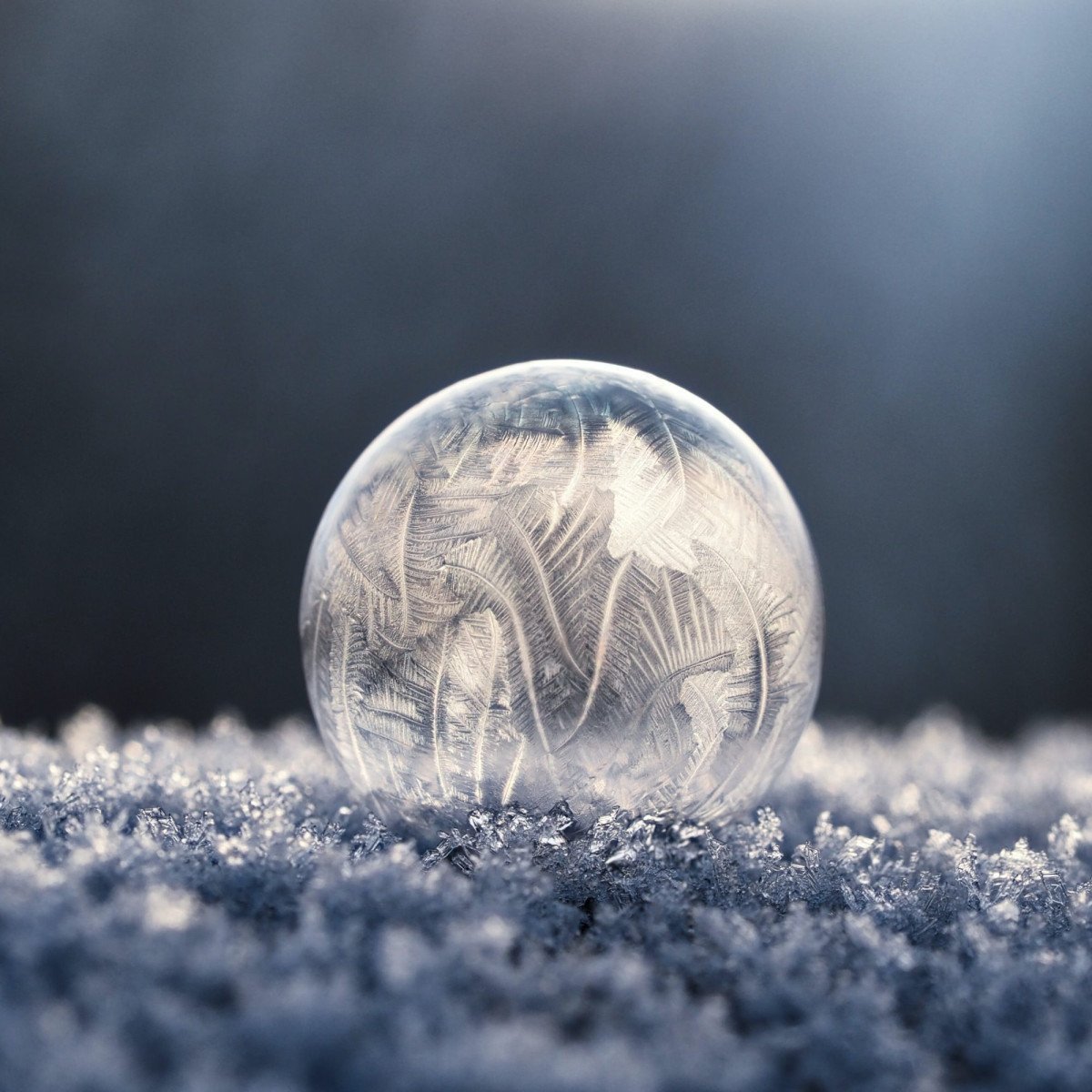Remember the first time you caught sight of a dew-dropped spiderweb in the morning light? Or the vibrant patterns on a butterfly’s wing? Didn’t you wish you had the power to capture those minute details, to enshrine their beauty in a frame forever? If so, you’re not alone. The allure of macro photography is irresistible to many and for good reasons. Macro lenses offer us an intimate glimpse into a world often overlooked, a world teeming with patterns, textures, and colors that our naked eyes fail to appreciate.
Did you know that macro photography technically refers to the reproduction ratio of the subject being at least 1:1? This means the image projected onto the digital sensor is the same size as the subject itself. Pretty fascinating, isn’t it?
Well, this arcane world of the tiny and beautiful can be a labyrinth for beginners. But never fear, adventurers! We are here to help you navigate this maze and pick the perfect macro lens for your needs. As with any type of photography, the choice of lens is crucial in macro photography as it directly impacts your image quality, composition, and the level of detail you can capture.
But how do we choose a good macro lens? What should we be looking at? The focal length? Aperture? Image stabilization? These are some of the questions we will be addressing in this piece, as we explore the depth-of-field of macro lenses. Speaking from personal experience, my first foray into this world was akin to venturing into an uncharted forest; overwhelming and daunting, yet filled with a sense of exhilaration and anticipation.
Understanding Macro Lenses
Before diving into the nitty-gritty of lens specifications, let’s understand what makes a lens ‘macro’. Essentially, a macro lens is a lens that allows you to focus up close on a subject, while maintaining sharpness and clarity. The key characteristic is its ability to produce a 1:1 magnification ratio, as I mentioned earlier. It’s like having a magnifying glass for your camera.
Let’s compare macro lenses to more common lenses. Consider, for instance, a wide-angle lens, like the one often used for underwater photography gear. It’s great for capturing expansive scenes, but it lacks the ability to capture intricate details of smaller subjects. That’s where the magic of macro lenses comes into play.
Focal Length: The Game Changer
So, what’s the first thing we should consider when selecting a macro lens? It’s the focal length. In layman’s terms, focal length is the distance (in millimeters) between the lens and the image sensor when the subject is in focus. Macro lenses typically come in three primary focal lengths: short (30-60mm), mid-range (90-105mm), and long (150-200mm).
Short lenses are great for stationary or slow-moving subjects, and they’re easy to use for newbies. Mid-range lenses, particularly the popular 100mm, offer a comfortable distance from the subject without compromising on the detail. As for the long focal length lenses? These are the titans for capturing bugs or other skittish subjects without startling them. However, they can be quite pricey and heavier than their shorter counterparts.
Aperture Matters
The next crucial factor to consider is the aperture. The aperture of a lens is like the iris of an eye. It controls the amount of light that enters the lens. When it comes to macro lenses, a wider aperture (lower f-number) allows more light in, enabling faster shutter speeds and a shallower depth of field. This can be ideal for isolating your subject from the background.
However, the depth of field can be incredibly narrow in macro photography. So narrow, in fact, that even at f/8, the plane of focus could be less than a millimeter. That’s why many macro photographers often opt for smaller apertures (higher f-numbers) to get more of their subject in focus.
Image Stabilization: A Handy Feature
Image stabilization can be a real lifesaver in macro photography, especially when shooting handheld. This feature compensates for minor movements or shakes that could lead to blurry images. Remember, when you’re working at such close ranges, even the slightest movement can throw your subject out of focus. Although image stabilization might not be a necessity if you predominantly use a tripod, it’s certainly a useful feature to have.
Price and Usability
Finally, there are practical considerations. Set yourself a budget and try to stick to it. While it’s easy to get lured by the most expensive lens with the most features, often a mid-range lens can serve you perfectly well. Consider the weight and size of the lens too. If it’s too heavy or bulky, you might not enjoy using it, and it could end up gathering dust on your shelf.
Choosing a macro lens isn’t just a technical decision, but also a personal one. You need to feel comfortable with the lens and enjoy using it. After all, photography isn’t just about the end result, but also the journey of capturing that perfect shot. Remember, the best macro lens is the one that you will use.
To sum it up, macro lenses are a portal to a different realm, a world often hidden in plain sight. They hold the key to unlocking the macroverse, painting a vivid tableau of tiny wonders that leave us awestruck at their complexity and beauty. So, are you ready to delve into this fascinating world of macro photography?


0 Comment